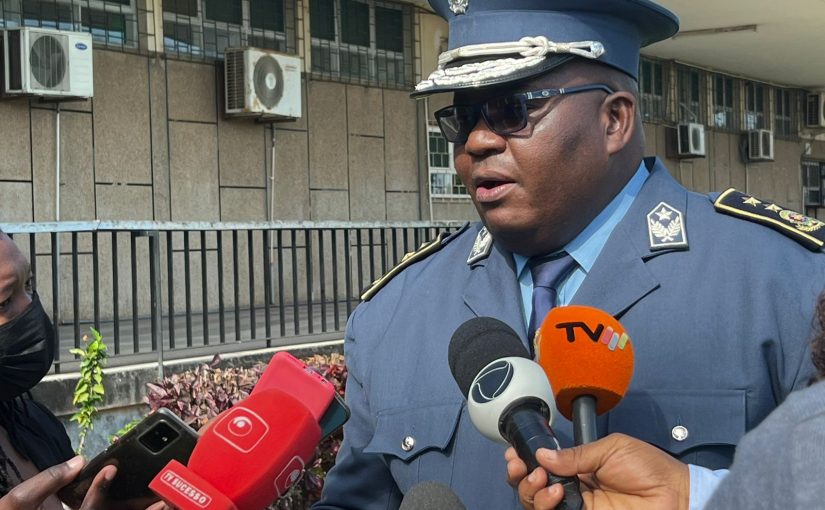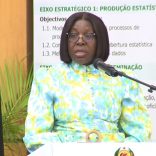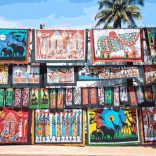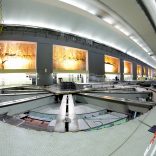Mozambique to hold population census exclusively through digital platforms - Watch
Mozambique: Sealing of alcoholic beverages and manufactured tobacco yields the state more than eight billion meticais

FILE - Director-General of Customs, Fernando Alage. [File photo: TVM]
Sealing of alcoholic beverages and manufactured tobacco yields the state more than eight billion meticais. The Mozambique Tax Authority (AT) collected 8,021,000,000 meticais (approximately 121.3 million dollars) last year, as a result of implementing the program to seal alcoholic beverages and manufactured tobacco in the country.
The achievement represents a growth of 472.13 percent compared to the same period in 2017.
Since the implementation of this measure in 2017 until the first quarter of this year, the AT has issued over two billion stamps to 308 operators nationwide.
The measure aims to reduce the levels of smuggling observed in these products and contribute to reducing unfair trade, consumption of counterfeit products, and increasing state revenue.
The fact was revealed today in Maputo by the Deputy Director-General of Customs, Fernando Alage, during the launch of the Border Control and Monitoring Project through Geospatial systems.
With the sealing of alcoholic beverages and manufactured tobacco, the state saw its revenues increase significantly.
“In the first year of implementing the measure, revenue collected from ICE amounted to 1,148,000,000 meticais, representing an 8% growth in revenue from this item compared to 2016,” he said.
According to Alage, the fuel marking program, launched in 2018 with the aim of combating fuel smuggling, reduced the consumption of adulterated fuel and increased state revenue, as well as contributed to reducing the demand for lighting oil at all ocean terminals.
“During the period from 2018 to 2019, there was an immediate reduction in the demand for lighting oil at all ocean terminals. In the first month of program implementation, from 11,190,051 liters in August 2017 to 1,240,467 liters marked,” he said.
On the occasion, Alage explained that the border control and monitoring project with geospatial system (GIS) will, in the first phase, develop applications for mapping land borders, focusing on those with the highest smuggling rates in the country.
The use of geospatial data and information will provide relevant information in border control operations in the context of cross-border trade to customs officials and strengthen the prevention of illicit activities.
Through real-time geospatial data analysis, the project will identify illicit activities such as movement of people, vehicles, and vessels in restricted or hard-to-reach areas.
It is expected that by the end of next year, the project will be completed and in the operational phase.
GIS represents a set of perfectly integrated programs, equipment, methodologies, and people, which allows for the collection, storage, processing, and collection of data.”













Leave a Reply
Be the First to Comment!
You must be logged in to post a comment.
You must be logged in to post a comment.